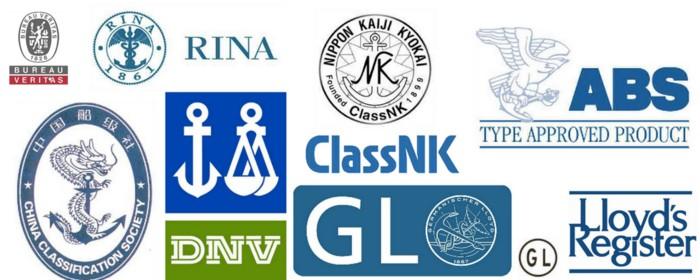The silicon containing portion of the molecule of silane coupling agent KH-550 can provide strong bonding to the substrate. The main amine functional groups can interact with a range of thermosetting resins, thermoplastic plastics, and synthetic rubber materials.
Basic information
| Name | Silane coupling agent KH-550 | Boiling point | 217℃ |
| Density | P25'g/m1 0.94 | Molecular weight | 221. |
| Refractive index ND25 | 1.4205 |
Product Introduction
The Chinese chemical name of silane coupling agent kh-550 is 3-aminopropyltriethoxysilane, which has an amino functional group and is alkaline. The appearance is a colorless or slightly yellow transparent liquid with high activation and strong versatility. It is soluble in organic solvents, but acetone and carbon tetrachloride are not suitable as diluents. Soluble in water and hydrolyzable in water.
Flash point 104 ℃
Molecular weight 221.4, content ≥ 97%.
Chemical structural formula: NH2CH2CH2CH2Si (OC2H5) 3
CAS:919-30-2
Product Description
The silicon containing portion of this product molecule can provide strong bonding to the substrate. The main amine functional groups can interact with a range of thermosetting resins, thermoplastic plastics, and synthetic rubber materials.
Application performance
Aminosilane produced by KH-550 silane coupling agent is widely used in the following range.
(1) Reinforcement of glass fiber
When used in glass fiber reinforced thermosetting and thermoplastic plastics, aminosilane KH-550 can significantly improve the bending strength, tensile strength, and interlayer shear strength in dry and wet states, and significantly improve the wet electrical performance. When using this silane in both dry and wet conditions, the flexural and tensile strength of glass fiber reinforced thermoplastic plastics, polyamides, polyesters, and polycarbonates all increase before and after immersion.
(2) Coatings, adhesives, and sealants
This aminosilane is an excellent adhesive promoter used in acrylic coatings, adhesives, and sealants. For sulfides, polyurethane, RTV, epoxy, nitrile, phenolic resins, adhesives, and sealants, aminosilane can improve the dispersion of pigments and enhance the adhesion with glass, aluminum, and steel.
(3) Glass fiber and mineral surface insulation materials
Adding it to phenolic resin adhesive can improve moisture resistance and rebound after compression.
(4) Mineral fillers and resin systems
This product can significantly improve the physical, mechanical, and electrical properties of thermoplastic and thermosetting resins such as phenolic resin, polyester resin, epoxy, polyamine, and polycarbonate filled with inorganic fillers, and improve the wettability and dispersibility of fillers in polymers.
(5) Foundry applications
This product can improve the adhesion between phenolic adhesives and casting sand. Grinding wheel manufacturing
This product helps to improve the adhesion and water resistance of wear-resistant self hardening sand and phenolic adhesive.






